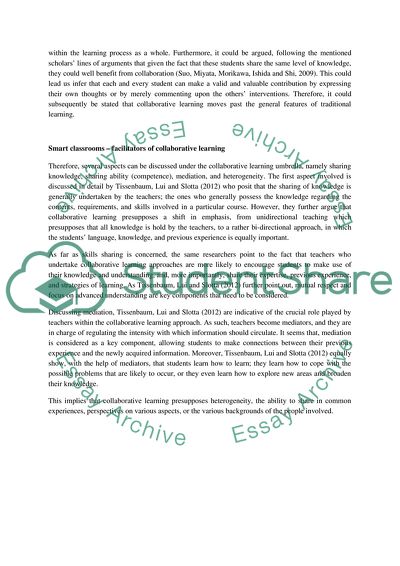Smart classroom Essay Example | Topics and Well Written Essays - 250 words. Retrieved from https://studentshare.org/information-technology/1697578-smart-classroom
Smart Classroom Essay Example | Topics and Well Written Essays - 250 Words. https://studentshare.org/information-technology/1697578-smart-classroom.


